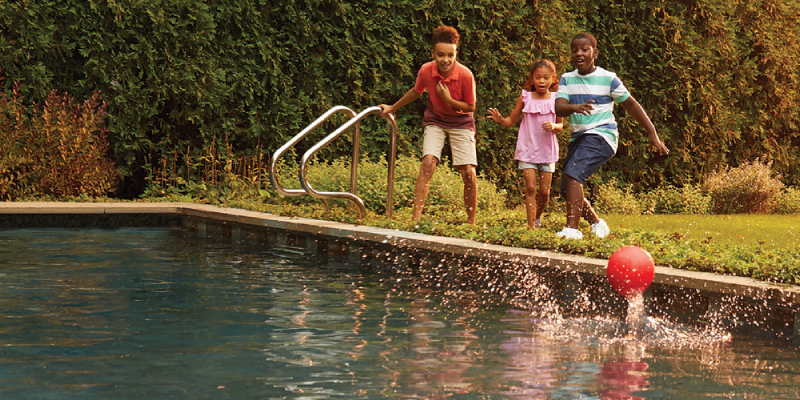Swimming, water sports, and other water activities are popular amongst all of us. But many people drown in shallow water in rivers and lakes due to mishandling the fun. Every ten minutes, a child drowns in the United States, and another five children are treated for injuries.
Therefore, CBSE schools in Chennai (https://www.babajividhyashram.org/) are taking the initiative to remind parents to teach their children water safety skills. Know more about the list of preventive measures to take when doing any water activity.
Swimming with a friend is a good idea for children, but keep an eye on your children when they’re in the water. Water sports are unbeatable when it comes to getting your adrenaline pumping, getting a workout, and just having a good time. But safety measures are essential as it is life-threatening.
Ideas Of Water Activities For Kids
We’ll look at some accessible water sports for first-timers encouraged by top CBSE schools in Chennai. Before you begin any water sport, you should know how to swim.
- Stand up paddle boarding is a sport that is accessible to beginners. Although lessons are a good starting point for paddle boarding, you can learn the fundamentals of the sport on your own. Stand-up paddle boarding is a great sport to take in new surroundings and improve mental health.
- Kayaking and canoeing are popular family sports that provide health benefits.
- Surfing is a great sport to learn with your family, and you can learn to stand up on the board and catch a few waves.
- Canyoning is a combination of water, exploration, and outdoor adventure sports. It involves hiking, swimming, abseiling, and rock climbing.

Precautionary Measures To Take While Doing Water Activity With KidsRecommended By Top CBSE Schools In Chennai
The simple logic for kids is that if you feel cold in the water, get out of the water. The other steps that you should take are:
- When water is released from storage areas, river conditions can change quickly. Use caution when walking along riverbanks.
- When your children are in the water, you should always be within arm’s reach of them. It is especially important for older children.
- To ensure your children’s safety, put your phone away and relax with your family.
- Young children and inexperienced swimmers should always wear a life jacket that has been approved by the Coast Guard when near water.
- A child should not jump into the water to save a friend’s life. Instead, use the “reach, throw, don’t go” technique to assist a friend.
- When children dive or jump into shallow water, they can sustain serious injuries. Teach them the proper way to enter and exit the pool.
- To keep children safe while swimming, introduce them to ropes, explain why they are used, and always abide by the rules and regulations established by local lifeguards.
- Children should avoid drinking alcohol, and parents should talk to their children about the dangers of mixing alcohol with water play.
- Always keep a close eye on your children in the water. If you leave the water area, bring your children with you.
Final Words
Water sports trips from schools should be based on the physical geography of the area. Organize the water activity in a location that can provide an appropriate and conducive environment for the students. A blue flag beach is an advantage for water sports trips because it promotes environmental awareness and encourages people to learn more about their environment. Therefore, take any step with the necessary safety measures.




